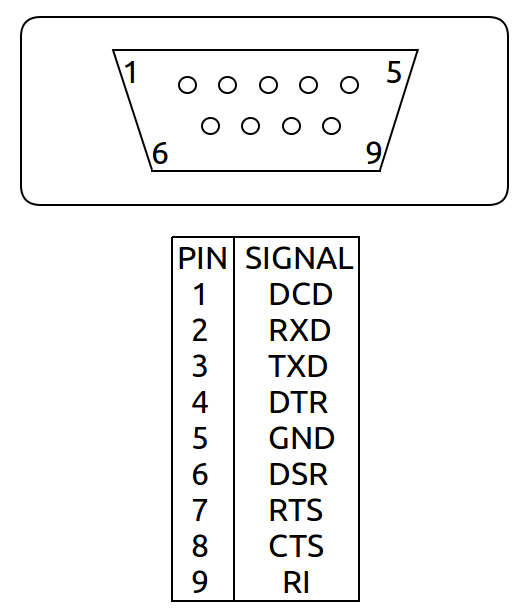



These shortcomings include low transmission speed, limited cable length, substantial voltage fluctuations, and limited multidrop capabilities. RS-232 has many shortcomings when compared to later technologies such as RS-422, RS-485 and even Ethernet. Universal Serial Bus (USB) has replaced the traditional RS-232 interface. Modern day computers seldom have RS-232 ports. It defines the electrical properties and the timing of signals, as well as the interpretation of signals, and the physical size and pinout configuration of a connector. RS-232 is the common standard used in serial ports. The background of the 9 pin serial portįirst introduced in the 60s, RS-232 is a protocol that defines how the data is transferred, bit by bit from a Data Terminal Equipment (DTE) such as a computer terminal, to Data Communication Equipment (DCE) such as a modem. A RS-232 serial port was a standard feature of personal computers as it was the preferred way to connect modems, keyboards, mice, external storage and many other peripheral devices. The RS232C DE-9, often mistakenly referred to as a DB-9 port used to be the industry standard for serial data transmission.


 0 kommentar(er)
0 kommentar(er)
